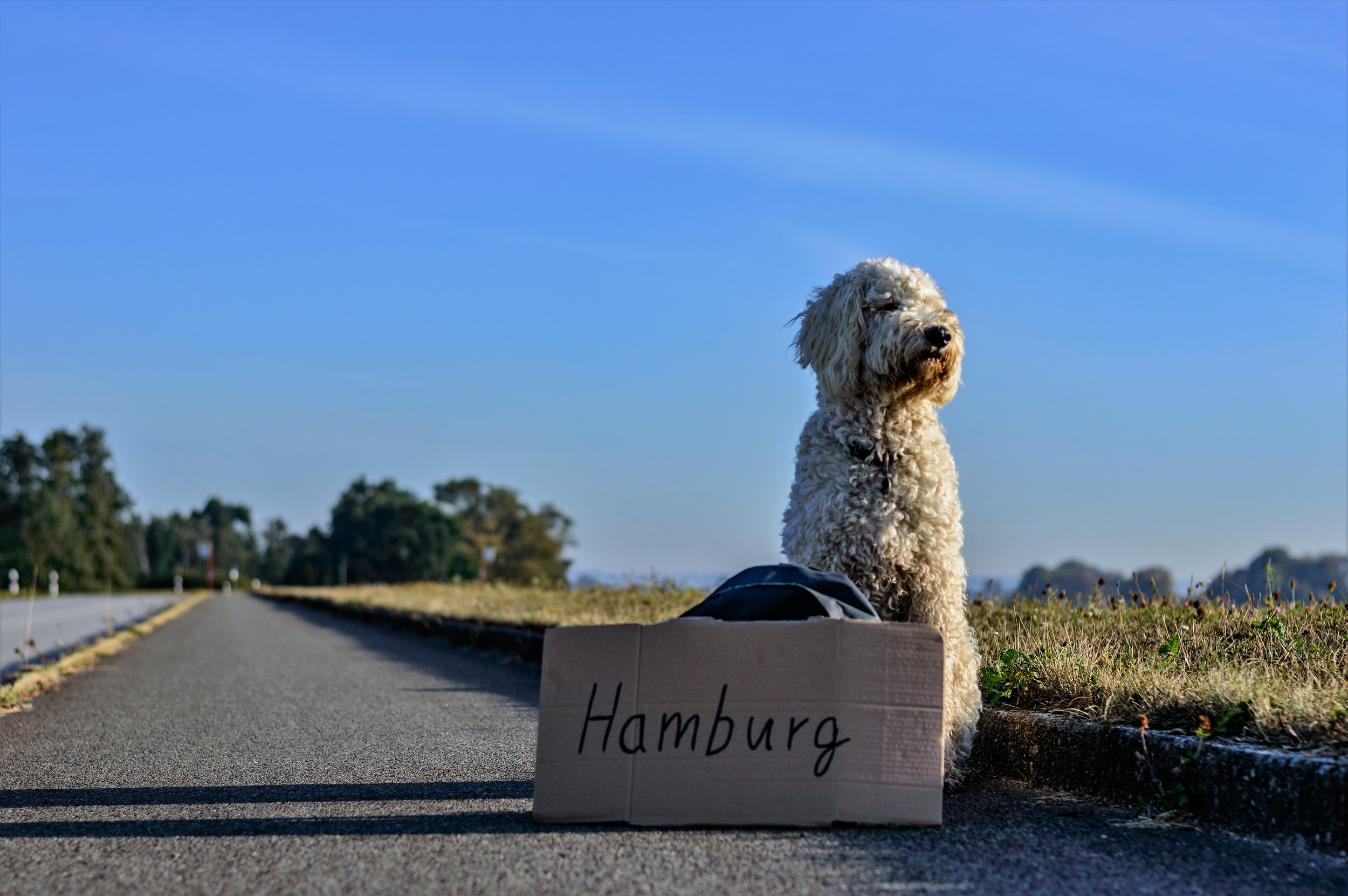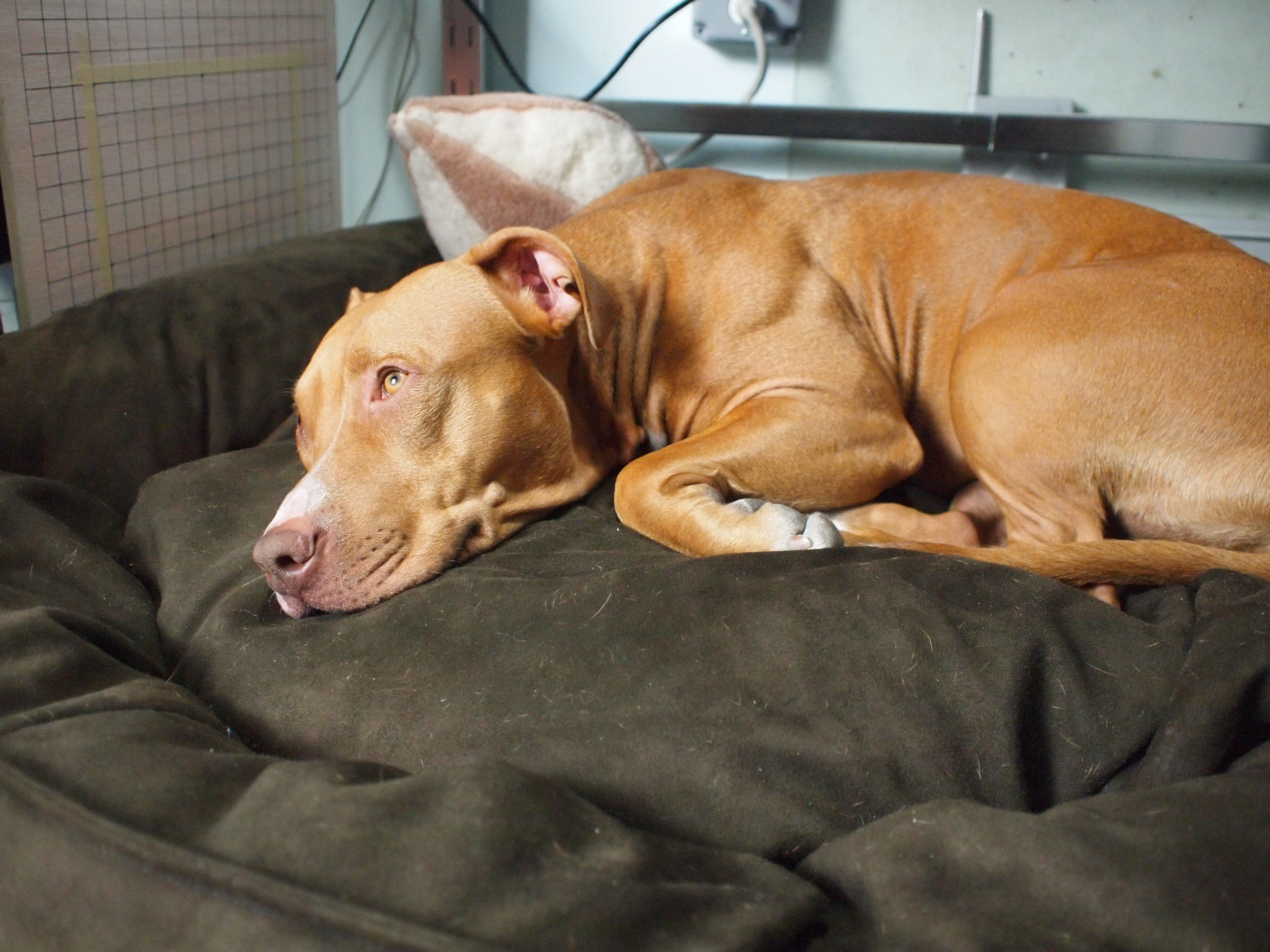by Claire Anderson
Most of us have to relocate with our animals at least once in our lives, and it can be very stressful for both humans and animals! Recently, I packed up my car and moved from Los Angeles to Seattle with two dogs and bearded dragon and while it wasn’t easy, my animals were as comfortable as possible. If moving causes anxiety for us people, imagine how stressful it can be for a dog who doesn’t understand what’s happening.
There were some inevitable missteps in my journey. So to help you avoid the issues I ran into, I have compiled a handful of helpful tips and tricks to make the move as easy and stress-free as possible for both you and your dog:
Image by pixabay.com.
Travel by Automobile
With the correct preparation and management, traveling with your pet by car can be relatively easy! Take these easy steps to ensure a stress-free drive:
Provide a safe and comfortable spot for them in the car with their bed and/or a blanket
Get a car harness that attaches to the seat belt
Bring plenty of safe items to chew, like these Zogoflex durable dog chew toys
Potty breaks every couple of hours
Go on two 20 to 30 minute walks per day
Play some calming classical music
Crack the windows to prevent air pressure build up
Photo by Andrew Pons, used under a Creative Commons license.
Travel by Plane or Train
If you are traveling internationally, make sure you have researched your new country’s pet laws thoroughly. Many countries (and states such as Hawaii) require extra vaccinations or have quarantine periods.
Not all pets are comfortable traveling by plane and would handle it much better with some practice for desensitization and counter-conditioning prior to the move. Load up a treat pouch with your dog’s favorite treats and bring them into busy areas for brief periods of 15-30 minutes each every other day as many times as possible before your departure. If you can bring them to the airport or on a train, great! If not, an outdoor mall or busy store like home depot will do. If you find in your practice that your dog is excessively anxious or aggressive, enlist the help of a fabulous trainer to assist!
Whether your dog is with you in the cabin or stowed beneath, things to chew on are helpful in relieving stress, so plan to provide them with whatever safe items they enjoy chewing on. We really like these indestructible (but safe) chew toys for dogs called Goughnuts.
Another good idea is to check with your airline prior to the trip to find out what is allowed.
Photo by Becky Stern on Flickr, used under a Creative Commons license.
Moving In
Once you are ready to move into the new house or apartment, there’s more to do to ensure a peaceful transition. Here are some helpful tips:
Prep the new digs
It can be very helpful to prep the new house or apartment with some of your pet’s items that have their scent. Some examples of these items are beds, blankets, or your pet’s crate. Go in prior to your animal entering, and place their items in the new home. This will help them feel more comfortable.
Make sure the new place is pet-safe and you have removed or prevented access to unsafe areas or items.
Build Boundaries
Some pets sometimes mark their new surroundings by urinating and defecating (or BOTH!) either because of stress or they’re marking their new territory. So it’s a good idea to keep your dog on a leash for a while until you can trust that they are comfortable in your new space.
Next step is to remove the leash but only allow supervised wandering. Take your dog out to go potty frequently (once every hour or couple of hours) and reward them after they go in the desired location for the first few days to establish the potty location.
If there are areas of the new home that are not quite set up yet, use baby gates or ex-pens for dogs to prevent access until they are pet-safe zones. This will set them up to be successful!
Create a sense of safety with Predictability
Dogs do really well with a simple, predictable schedule. By providing your dog with predictability, you are reducing their stress significantly. This does not mean every day needs to look exactly the same for you, but you should try to keep your nervous dog’s schedule regular and similar to the schedule they maintained at your previous location. Find a schedule that works for you and your pooch and stick with it—consistency is key. For example: if your pup can rely on a 20 minute walk or play session, followed by a snack and time to relax in their crate or bed around the same time each day, they will not be stressing about what might happen next.
Reduce Stressful Triggers
There are a gazillion new smells, sounds, and images that can flood the senses in a new place. Reducing access to many of these senses can help!
For sounds, play a white noise machine or classical music quietly to mask other sounds. Visually, you can minimize potentially stressful triggers by keeping the shades or blinds closed, covering your windows with frosted window clings, or preventing access to windows until your dog acclimates to the new environment.
Back to the Basics
At the start of every dog training program, I encourage clients to use Sophia Yin’s Learn to Earn program, which is a great way to teach your dog good impulse control.
This overall approach has been called nothing in life is free, no free lunch, or the learn-to-earn program and it can:
reduce stress
increase impulse control
build a better communication system, and
improve your relationship with your dog
The steps are simple!
Teach your dog to say please by sitting for anything he or she wants.
Keep your dog tethered to you and reward good behavior.
All motivators are opportunities for reinforcing good behavior. For example, have your dog sit and stay before going on a walk.
Use all her meals as training opportunities!
Keep all communication clear and consistent.
Exercise and mental enrichment are also extremely important elements of every dog’s life. Be sure you are safely providing at least 30 minutes of exercise and brain games to keep your pup busy, happy, and tired. Walks/runs, kongs, puzzle toys, and scent work are wonderful ways to provide this mental enrichment and exercise. You can use your walks or runs to explore your new neighborhood!
Remember — don’t expect perfection. Dogs adapt fairly easily to new situations, but there is a lot to take in. Stay calm, reinforce positive behavior, and try some of these tips. We hope you find them helpful!





